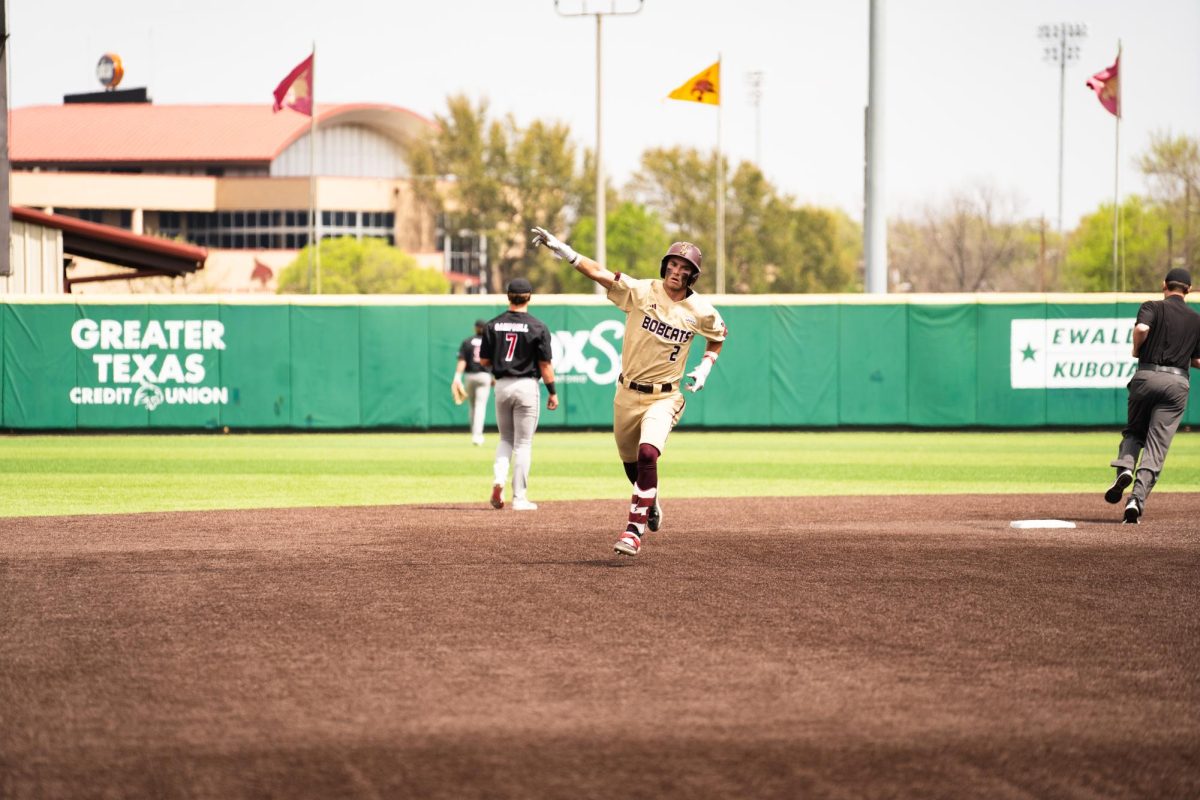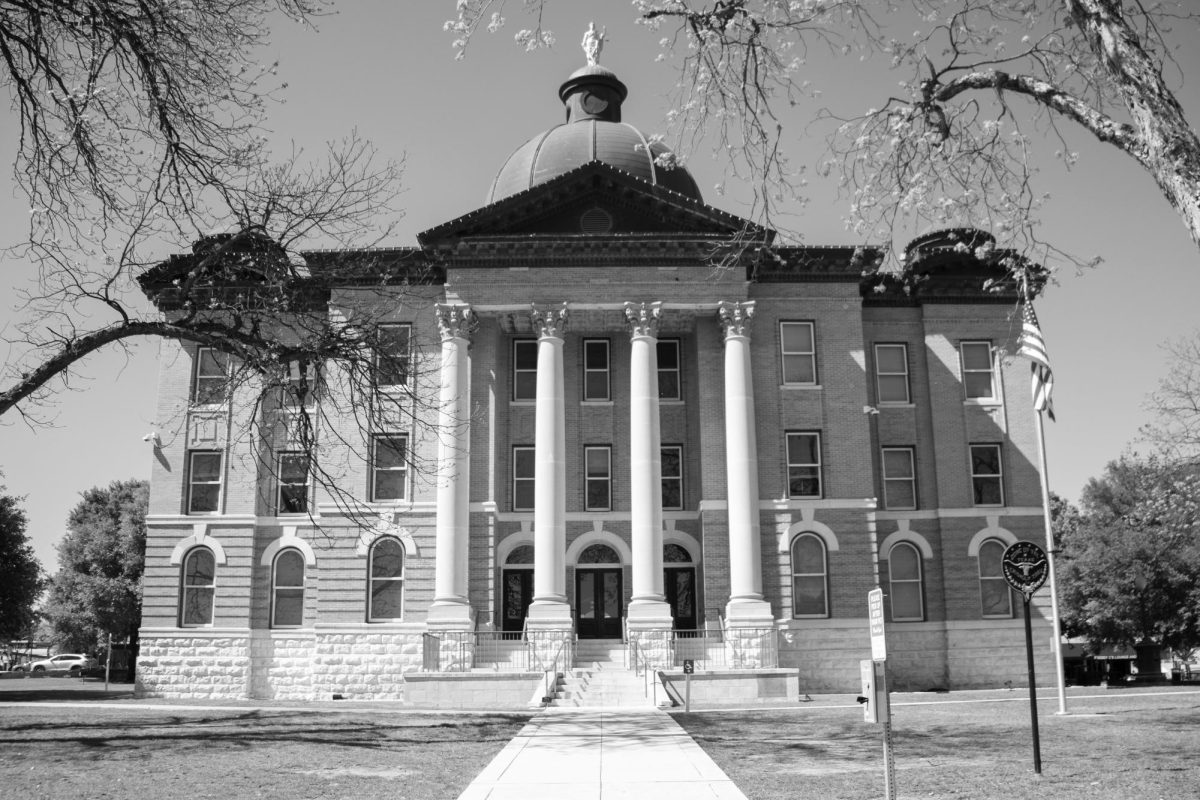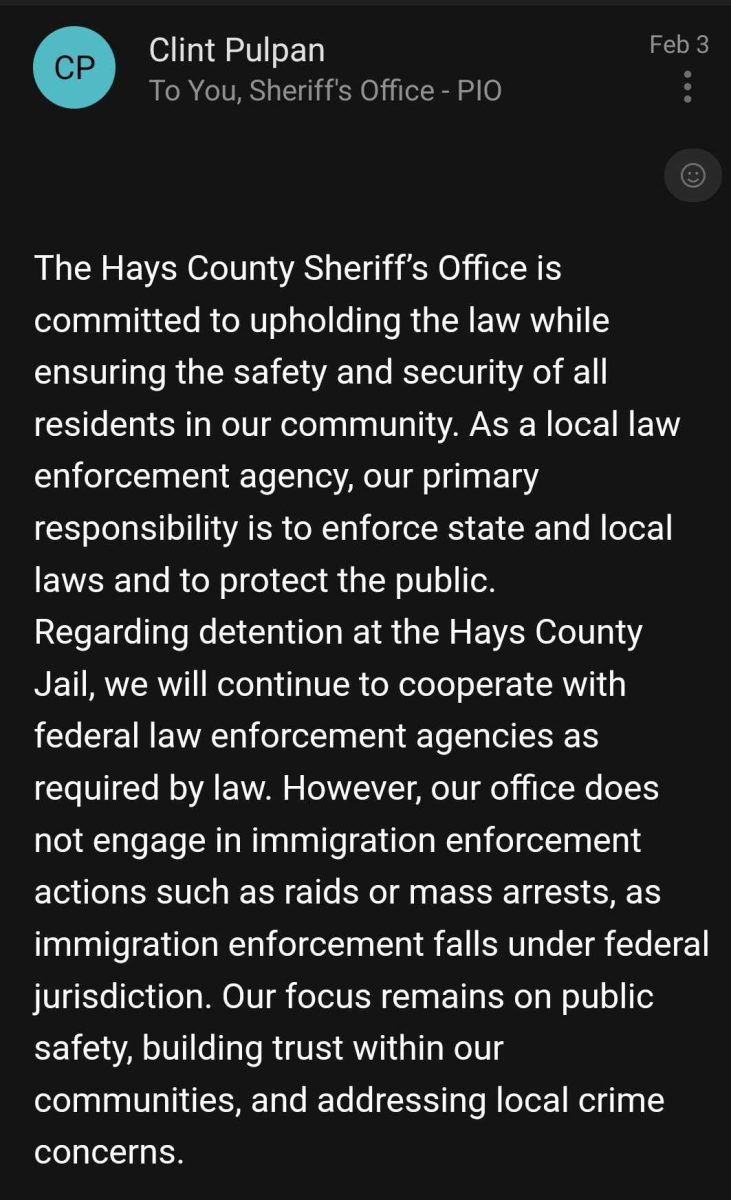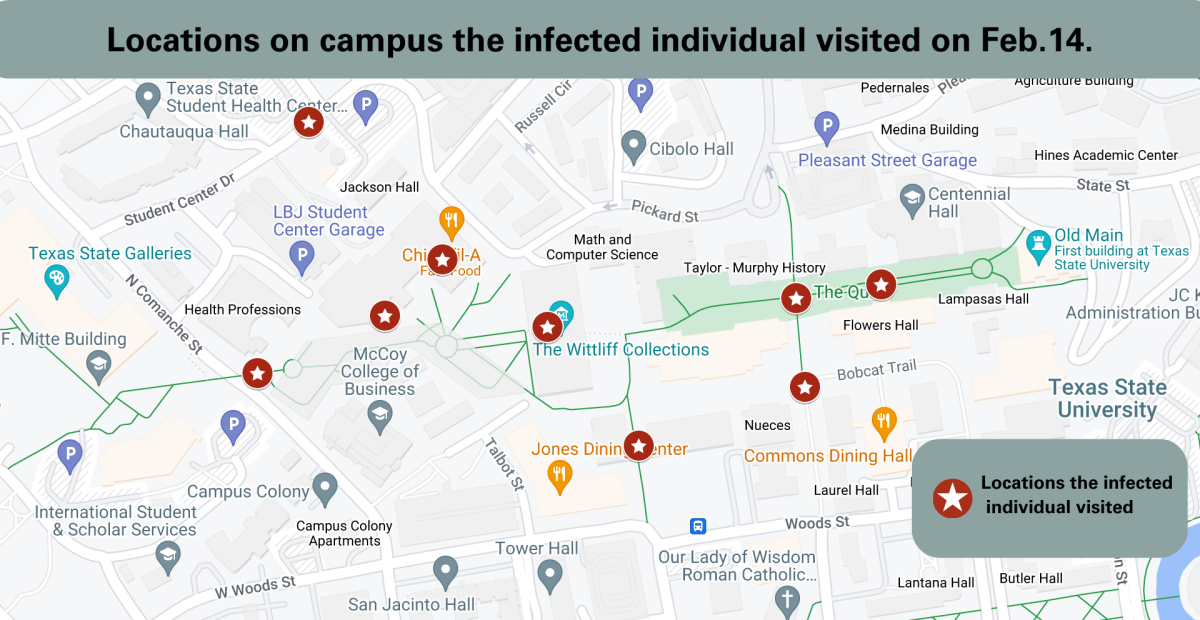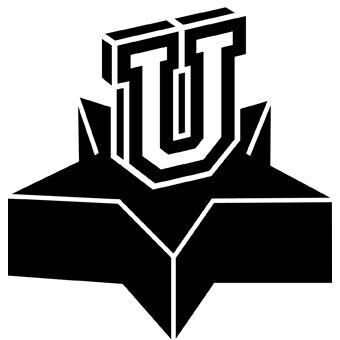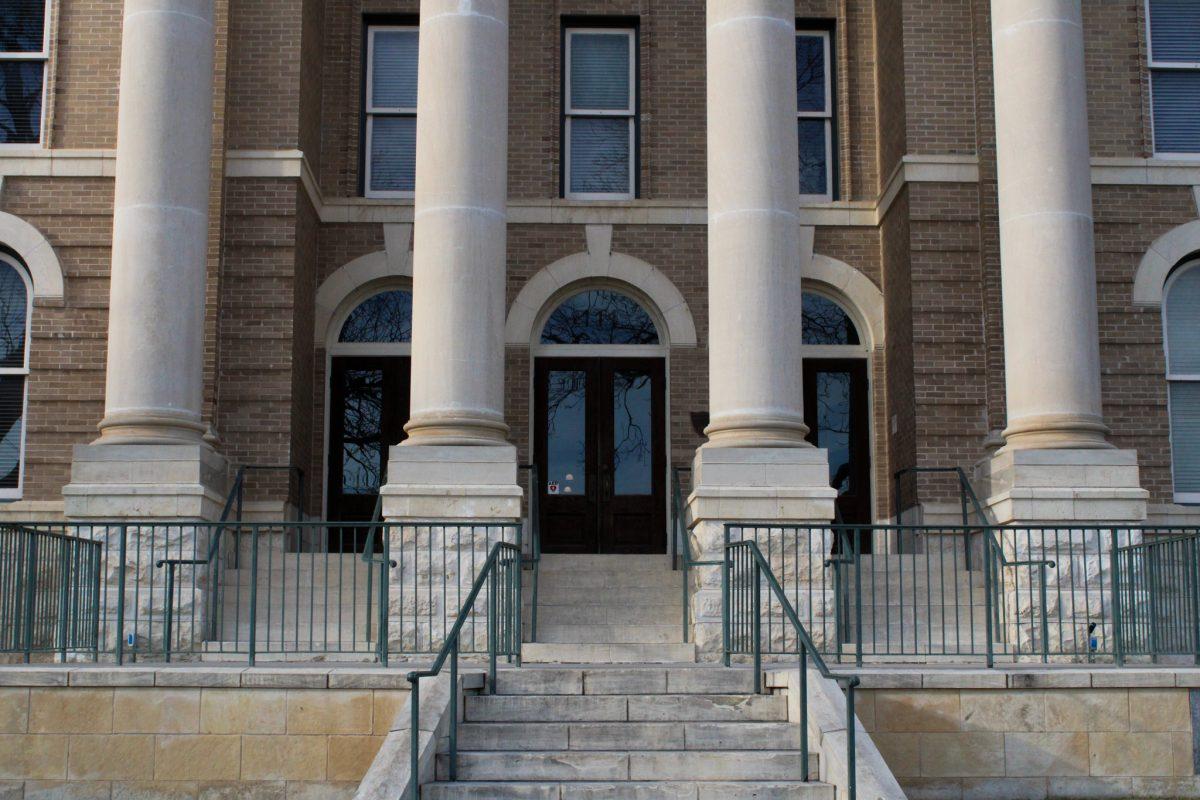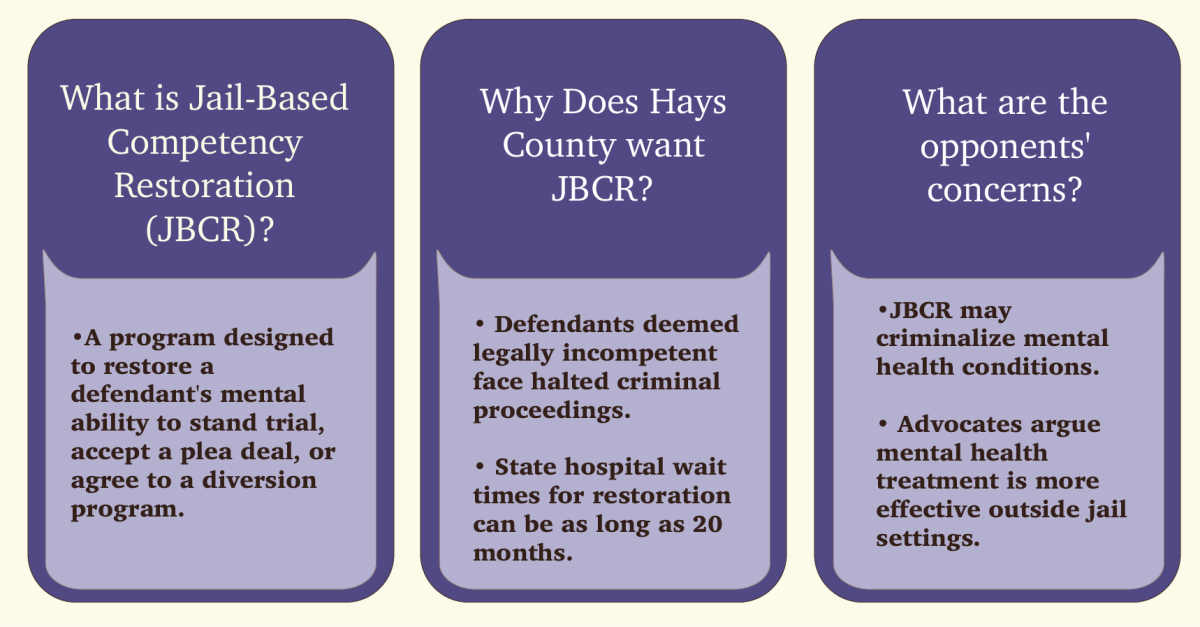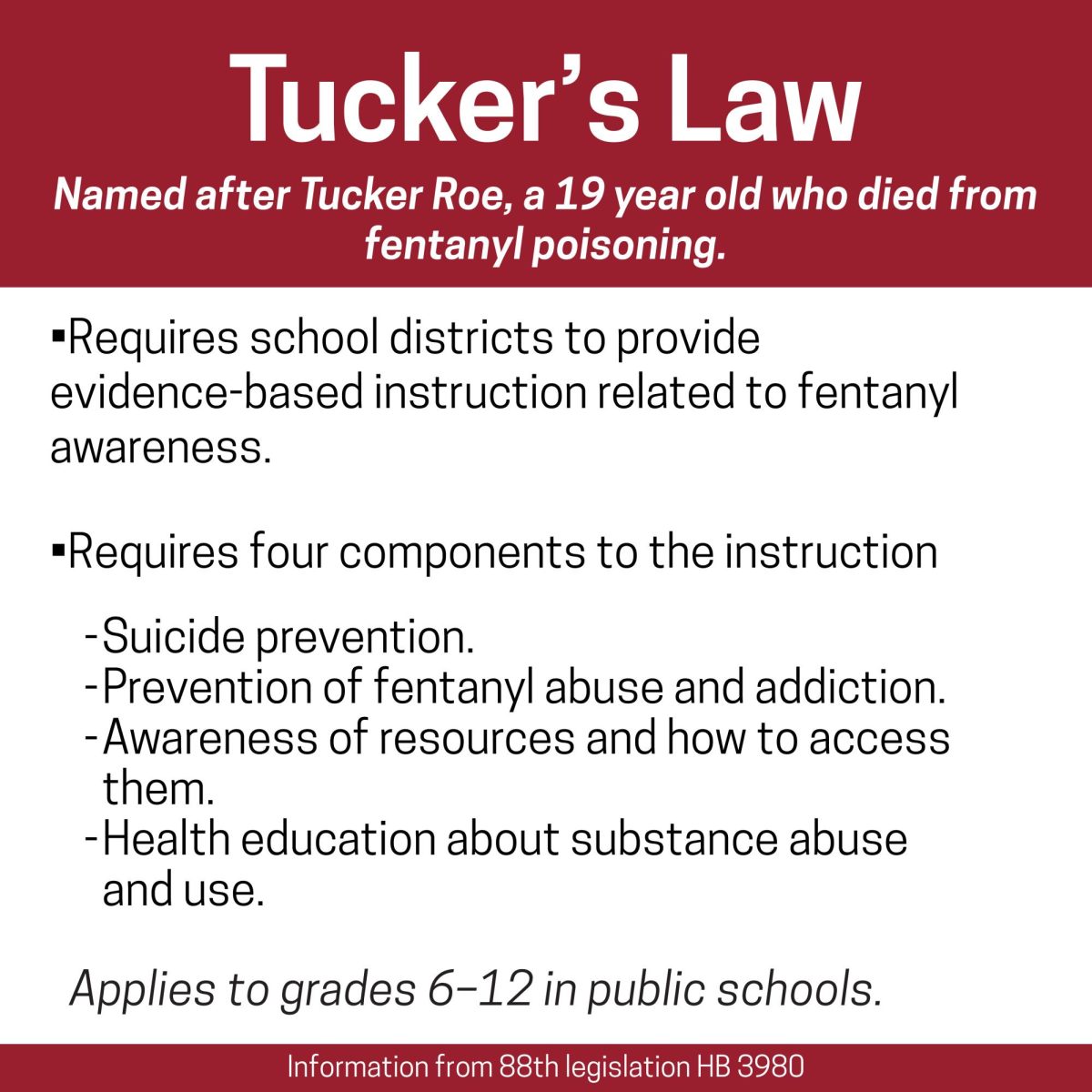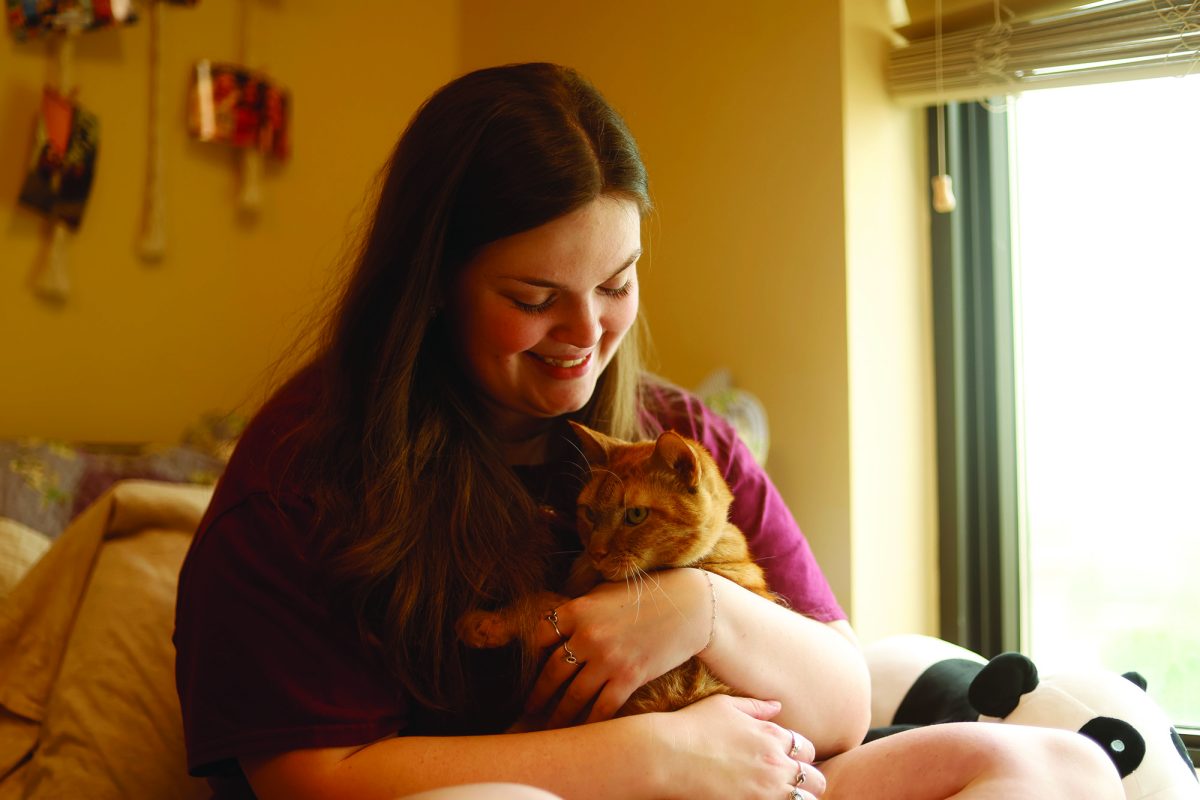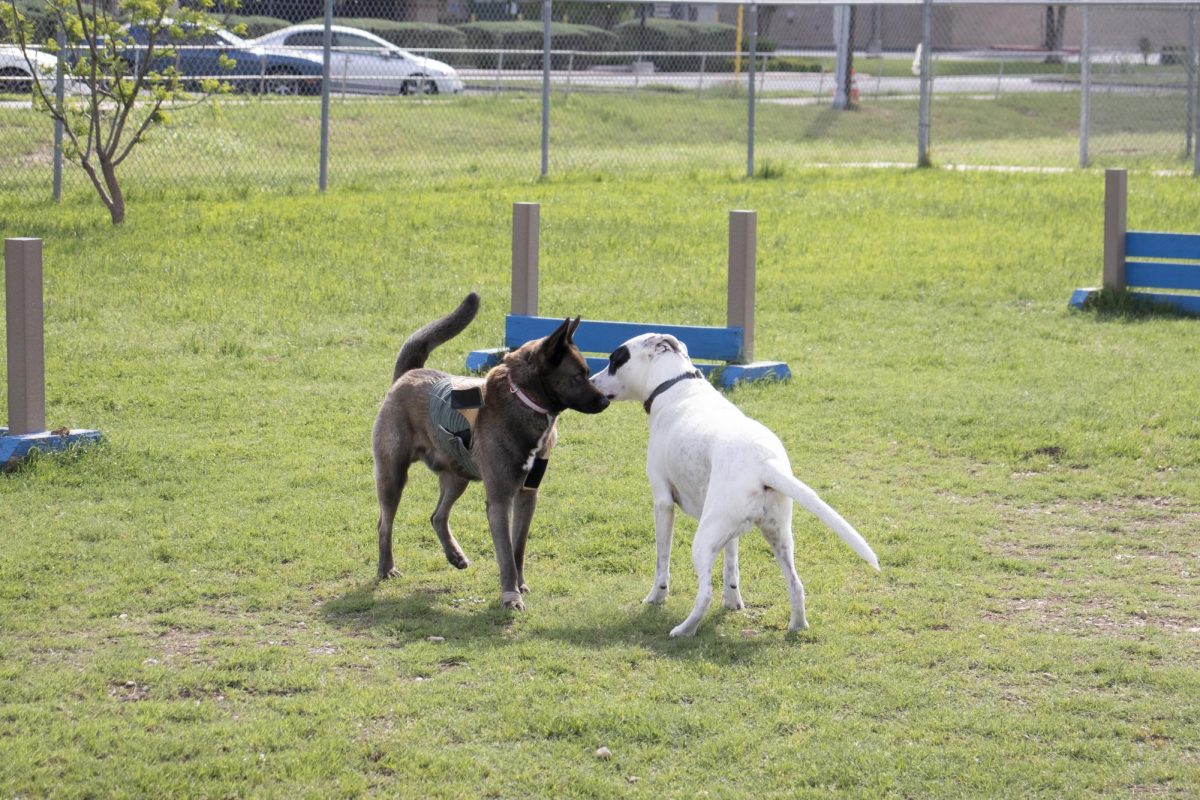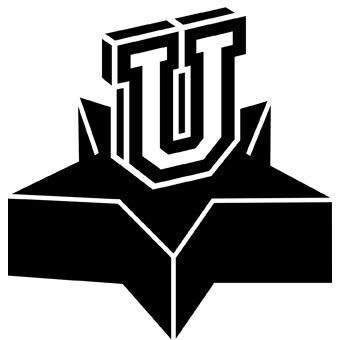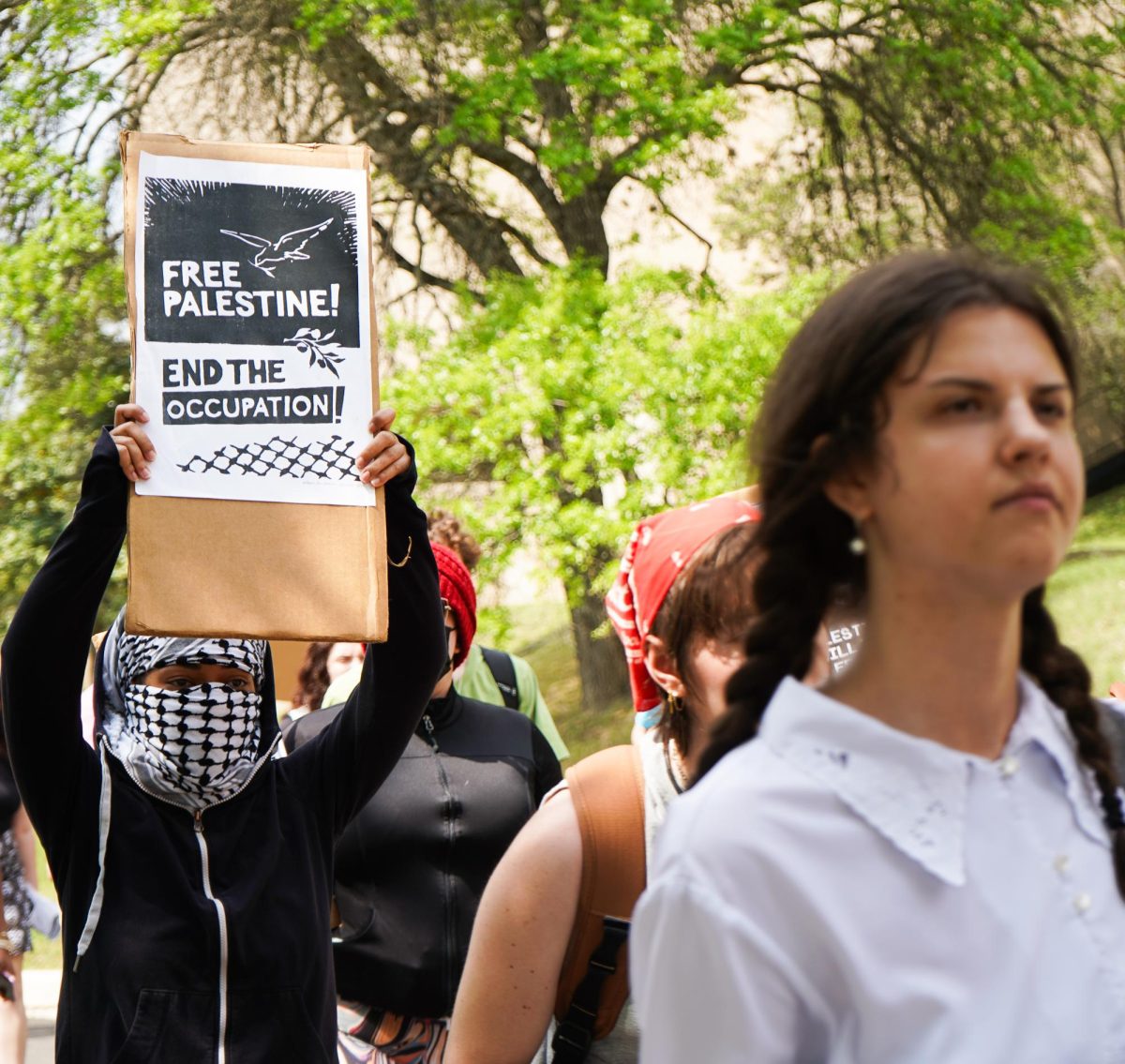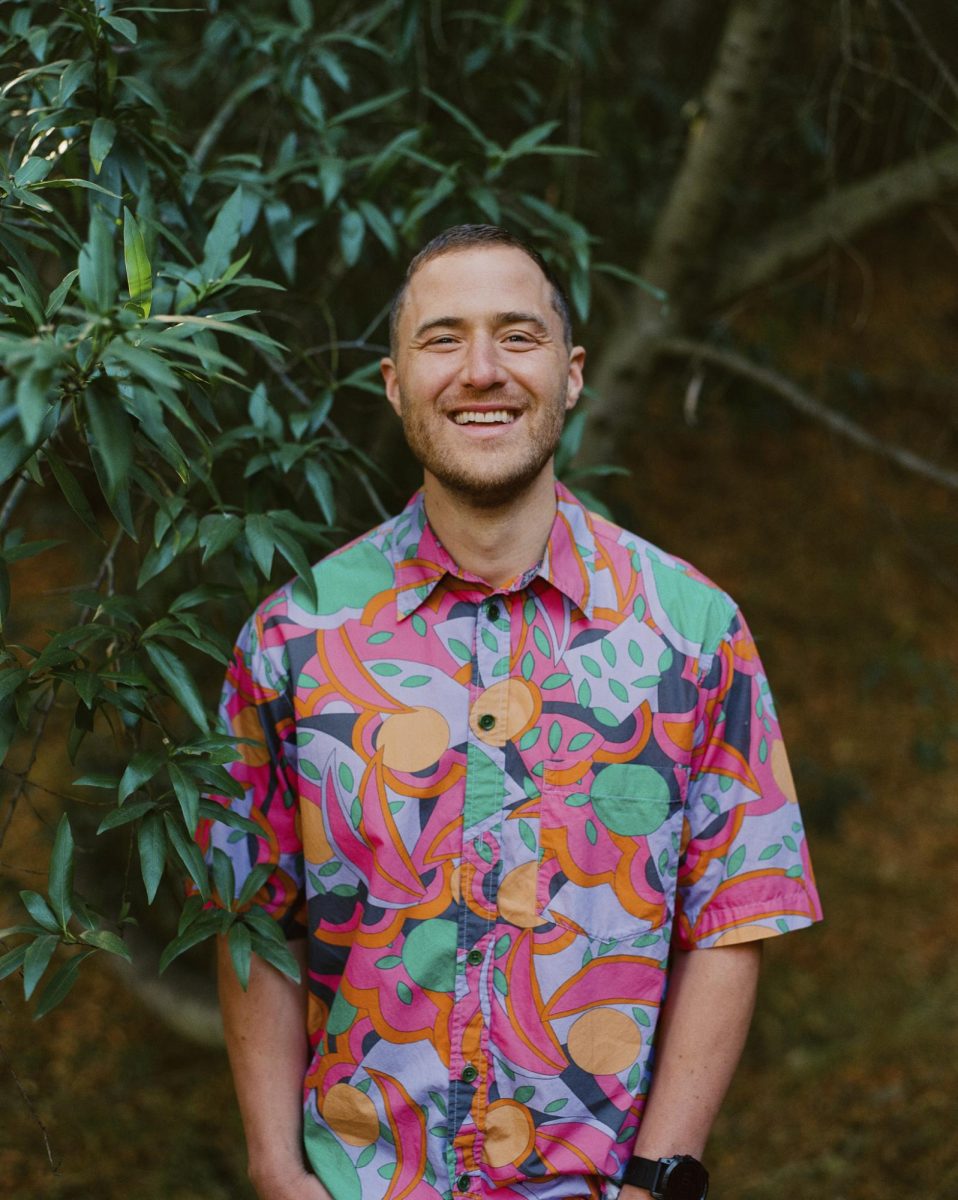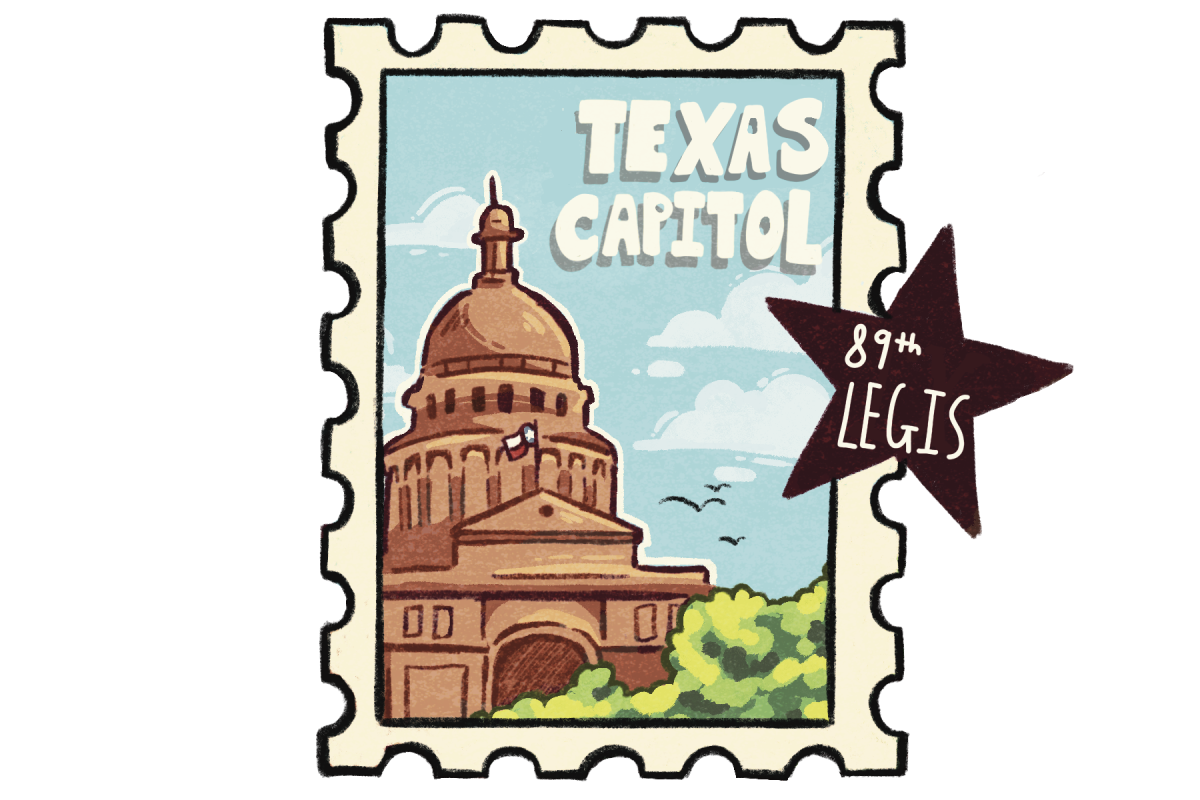High temperatures and dry vegetation have created favorable conditions for wildfires across Central Texas, including San Marcos.
Central Texas is facing a severe 2025 wildfire season, with major incidents such as the Buda Onion Creek fire and the Fredericksburg Crabapple fire raising concern among experts. The Texas A&M Forest Service reports that just over 11,000 acres have already burned across Central Texas this year, nearly double the amount recorded throughout all of 2024.
San Marcos Fire Marshal Jonathan Henderson said a perfect storm of wildfire conditions caused the Fredericksburg fire.
“[The Fredericksburg fire had] the right topography and then the dry fuels, but then you also had… very high winds in the area that helps drive a fire and make it grow rapidly,” Henderson said.
The city of San Marcos estimates that 51.6% of the city’s population lives within its Wildland-Urban Interface (WUI), which is the area where human development and undeveloped wildland vegetation intermingle.
Henderson said dry vegetation close to flammable homes makes wildfires more likely to spread in the WUI, increasing the potential for significant structure loss within San Marcos if a fire started.
“If a fire were to start, let’s say in the [Summit Ridge area near Purgatory Creek], then you could see a very large wildfire,” Henderson said.
Henderson said the city urges residents at risk of wildfires to clear brush and debris from around buildings to help prevent fires from spreading quickly between homes.
“If you have four houses in a row that aren’t taking care of their property [and] that have high weeds and brush, then that can hurt the neighbor that’s right next door that’s trying to do everything right,” Henderson said.
San Marcos maintains a fleet of three brush trucks, specialized vehicles for fighting wildfires in rugged areas. The city also has mutual aid agreements with surrounding communities, such as Seguin, to share resources, personnel and equipment during emergencies, according to Henderson.
Henderson also said residents should encourage individual neighborhoods to seek Firewise recognition, a certification from the National Fire Protection Association given to communities that take proactive steps to reduce wildfire risks.
The U.S. Forest Service reports that humans cause 80% of wildfires in the U.S. However, according to Heath Starns, fire ecologist and postdoctoral researcher at Texas State, many of those fires start accidentally or due to infrastructure.
“Lots of [wildfires start with] accidental ignitions that… that people have really no control over necessarily, but it’s caused by human infrastructure of some sort,” Starns said.
Christopher Serenari, a professor of human dimensions of wildlife at Texas State, said landowners looking to prevent the buildup of flammable debris on their property should seek professional help with prescribed burns of debris.
“Agencies such as the Texas Parks and Wildlife Department, Texas Forest Service… they would be more than happy to talk to landowners about doing more burning and getting fire on the ground, to reap all those benefits [that prescribed burning can provide],” Serenari said.
Hays County Fire Marshal Steve Seddig wrote in a statement to The Star, that while burning brush is encouraged when conditions permit, it is important to be aware of the current burn ban in place for Hays County.
“When not under a burn ban, we encourage the public to burn brush accumulated on their property,” Seddig wrote. “This helps in two ways: if removed, the brush will not contribute to fire spread, and in the event of flooding, it will not end up in tributary and dam water, causing more potentially unsafe flooding conditions.”
Under the burn ban, limited burning activities, such as campfires or food preparation, are allowed with specific safety guidelines, according to the Hays County Fire Marshal’s Office.
Residents looking to track wildfires in real time can use resources such as the Texas A&M Forest Service Incident Viewer.






